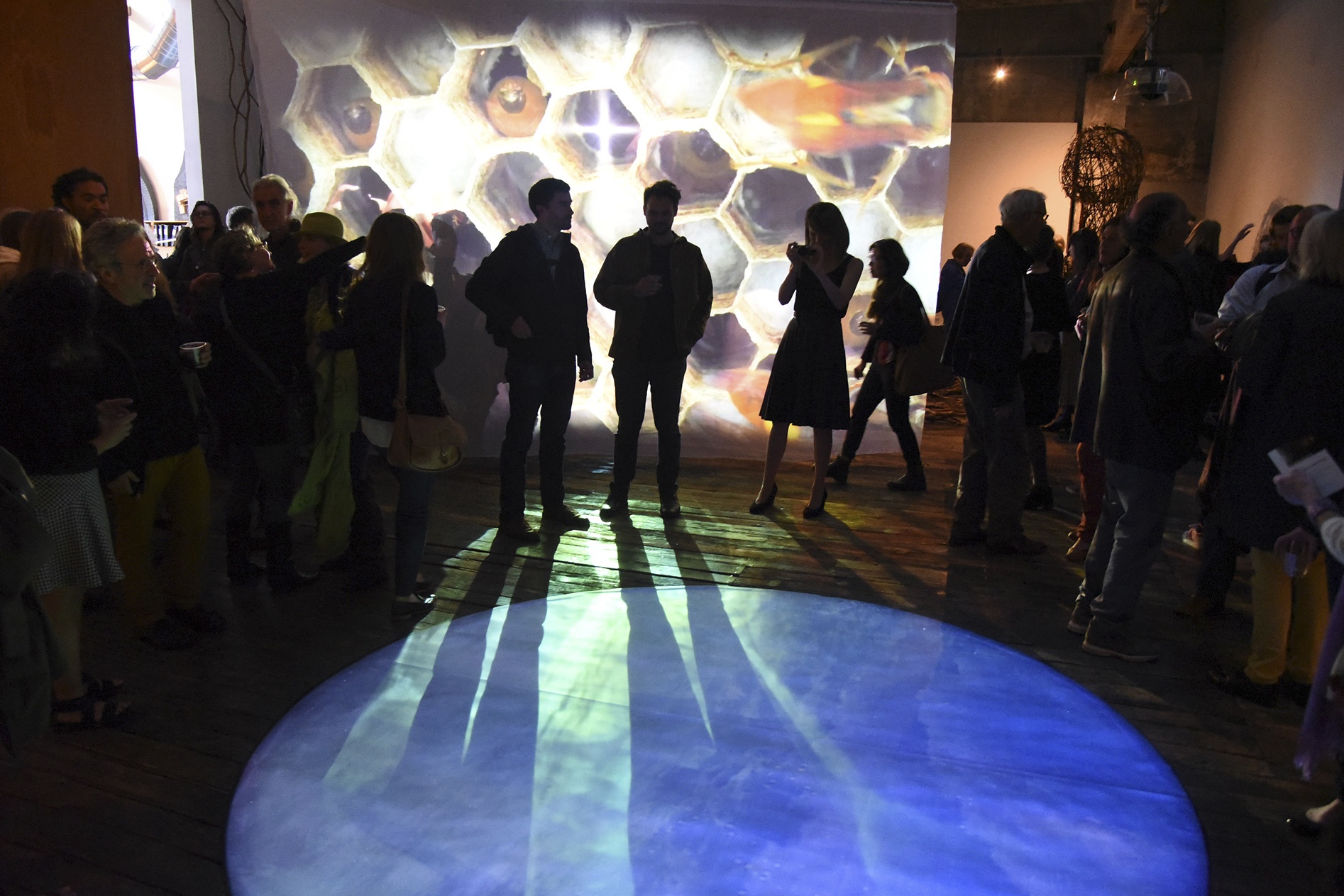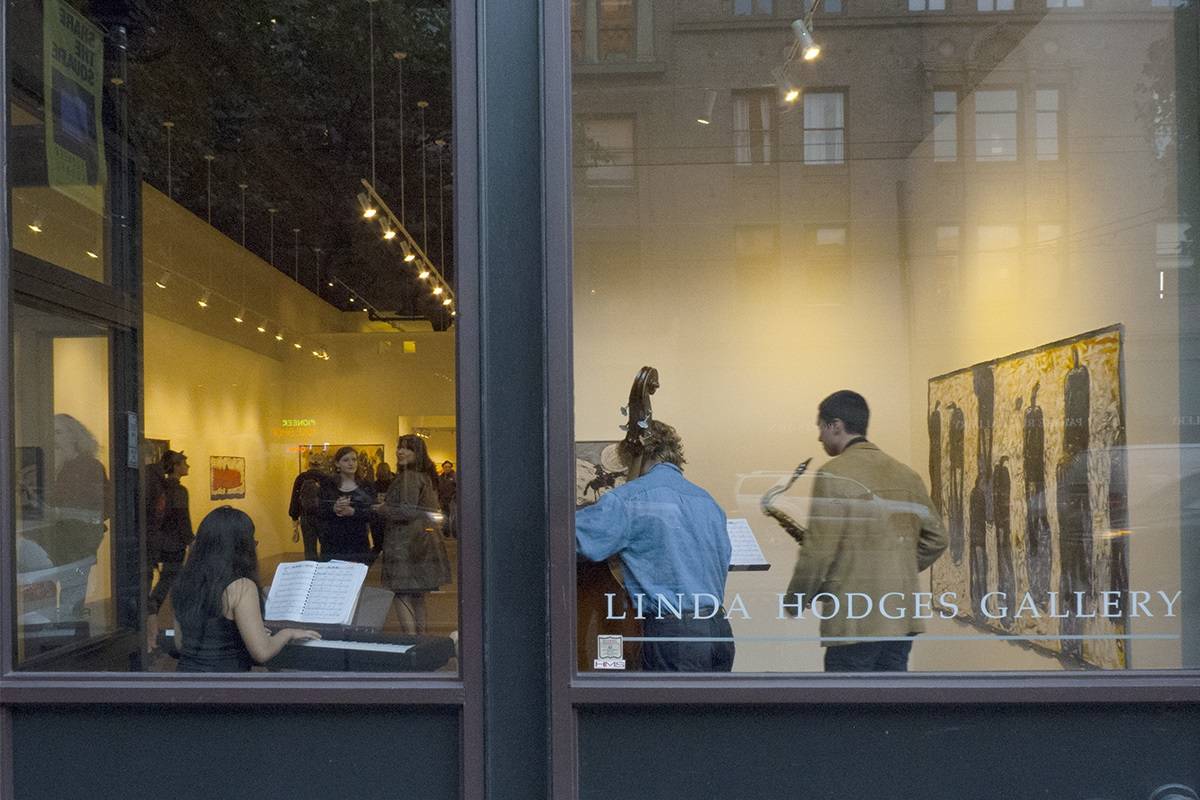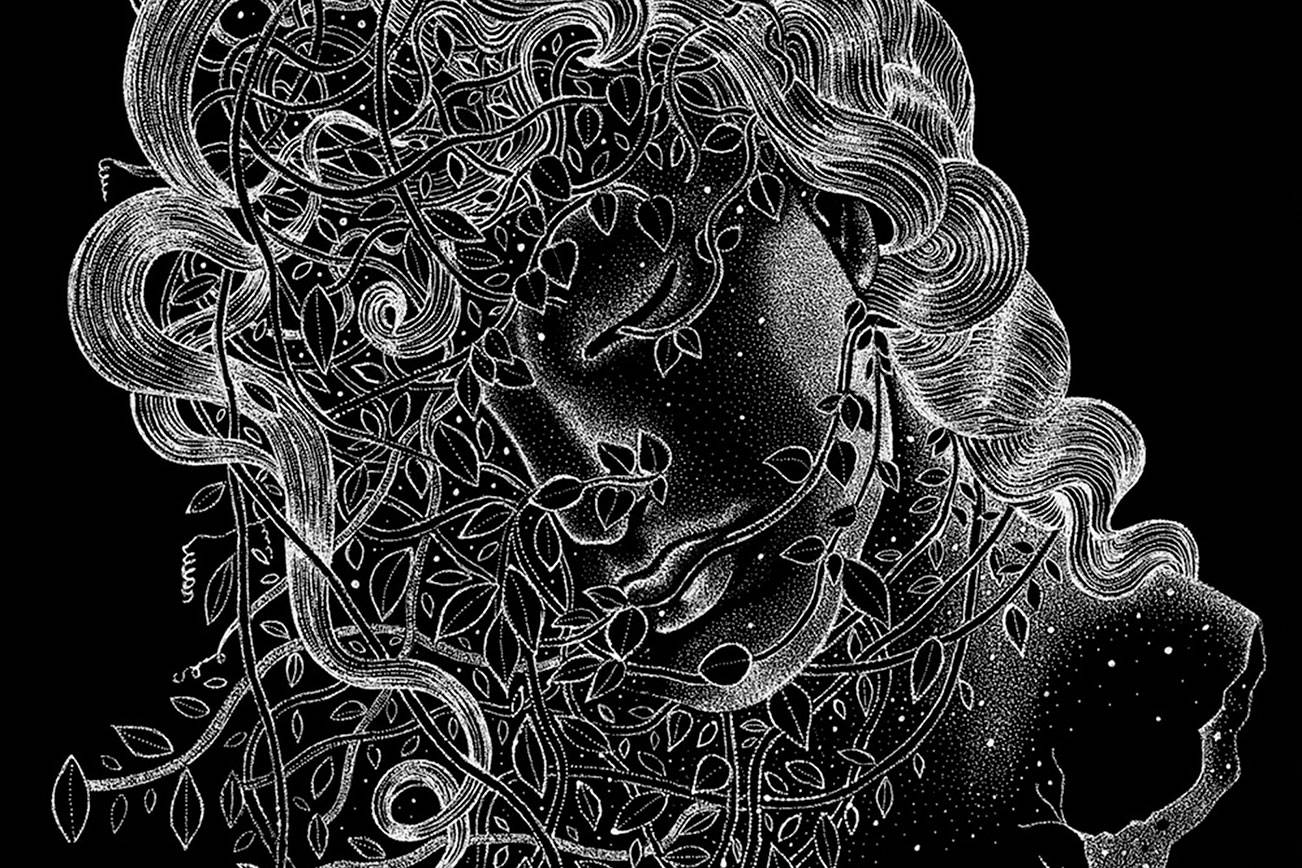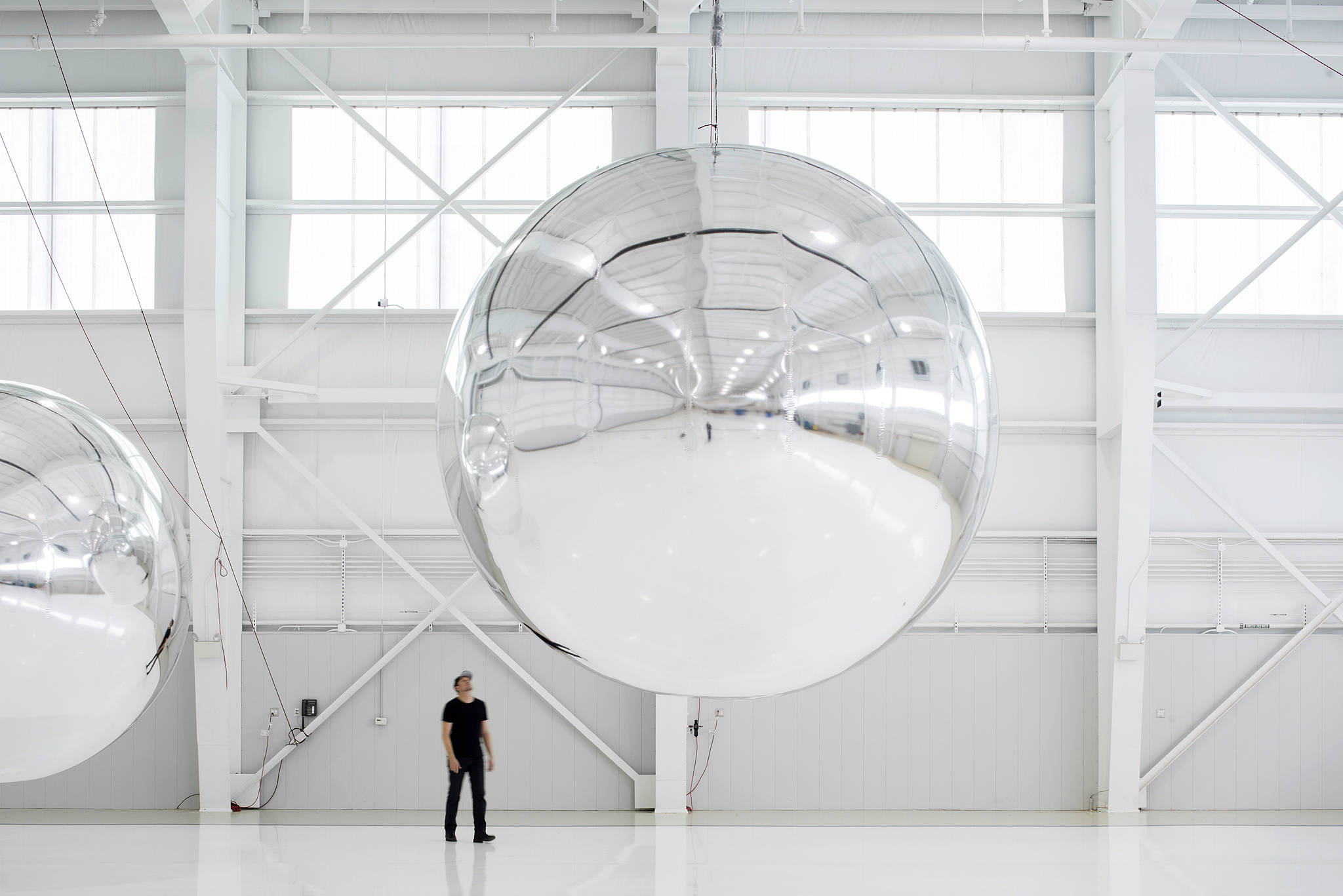Generativity means many things across disciplines. In technology, it’s the quality of a system that allows users to create content within that system without needing to know how to create or operate the system itself. Contrast, for example, a vacuum cleaner and a computer. The latter is generative because a user can create applications, documents, images, etc., without knowing how to create a computer or its operating system; appliances like vacuum cleaners don’t allow creative agency without drastically altering their design and therefore function.
In semiotics, a language is said to have generativity when its finite words and phonemes can be assembled into infinite, complex messages. Human languages are generative. Meanwhile, according to current understanding, non-human animal languages can convey only limited (but vital) information, even at their most sophisticated.
The various meanings of generativity are loosely knit together in Fernanda D’Agostino’s installation at Suyama Space, simply titled Generativity. She combines disparate elements in one interactive environment that takes up the entire gallery space. Pillars of ivy vines tower to the rafters or lie toppled on the floor. The walls display clusters of clear glass bulbs full of seeds and layered projections. Field recordings from the region chirp and whirr as you approach certain corners. The result is mysterious, lush, and inspiring.
As a performer and visual artist, D’Agostino has long incorporated interactivity in her work, and in this respect Generativity is her most technically sophisticated project yet. Visitors may not even know it, but the installation is constantly responding and changing what is played through the projectors and speakers based on their movements. Because of the sheer variety of images and the ways they become layered by one’s mere presence, no two moments of the show will be exactly alike. Its seamless, subtle functions rely on a good bit of coding behind the scenes, but it feels organic when you are in it.
There is a profound and sensual tenderness in every detail, and it sticks with you after you have left the gallery. This is particularly true of the footage of a choreographed performance by Isabelle Choinière. Bare bodies lay intertwined, caressing and holding each other so closely it is hard to determine how many are there or where one ends and another begins. This intimate footage is overlaid with dramatic cloudscapes and intercut with bees in a hive and growing root tendrils, among other fecund things.
On one side of the room, a large aluminum circle on the floor becomes a screen for a different series of projections, in which another choreographer, Linda Johnson, placidly turns and bobs underwater in an azure swimming pool. The human body is thus shown in both a nurturing and quasi-amniotic state within the installation, among the grandeur of the heavens and the microcosm of a honeycomb.
This brings one to consider the meaning of generativity in social theory: the point in adult maturation when one begins seeking to steward and guide younger generations. There is an inherent desire for legacy and an optimism for the future in this form of generativity. This too is present in D’Agostino’s work, and it is not limited to humans. The seeds in the vessels around the room were gathered by her over the years on her walks through rural and urban settings in the Pacific Northwest. All native flora, they’re part of her seed-banking practice, which she encourages others to undertake as well. On opening night, small packets of seeds were given to guests as keepsakes, to be planted at their discretion. It was just the right sort of gesture for the show: thoughtful, humble, generous with feeling, pensive of the future.
It was also just right given the near future of the building in which we all stood. Generativity will be the final show at Suyama Space. The building has been sold and will be demolished next year. Its owner, George Suyama, will move his architecture firm Suyama Peterson Deguchi to South Park. Beth Sellars, who has curated Suyama Space for its 19 years, will continue to work independently. For both, the decision did not come lightly, but by moving on from this singular space, new opportunities are sure to be generated.
When Generativity was first commissioned, no one knew it would be the final show, and yet it works remarkably well as a capstone. The curatorial program led by Sellars has pushed artists to attempt new things, to increase the scale and scope of their work and expand their aesthetic vocabulary. The results have always responded to the architecture of the space itself in some way, while also looking beyond the walls, and frequently encouraging visitors to look within. D’Agostino does all this wordlessly. Despite how generative the English language can be, these words will fall short of conveying the show’s beauty and grace. You’ll have to experience it for yourself before it, and the space that contains it, disappear. Generativity, Suyama Space, 2324 Second Ave., suyamaspace.org. Free. 9–5 p.m. Mon.–Fri. Ends Dec. 16.
visualarts@seattleweekly.com








